I. The Fatal Trio: Unraveling the Root Causes of Low-Temperature Failure
1. Copper-Based Embrittlement: The Nightmare of Lost Ductility
When temperatures drop below -30°C, the intergranular strength of materials like leaded brass (HPb59-1) plummets. A once-ductile metal capable of 20% bending fractures at just 0.5% deformation in -40°C environments.
A mining equipment failure caused by copper bushing brittle fracture once halted an entire production line for 72 hours.

2. Lubrication Freezing: When the Lifeblood Stagnates
Ordinary lithium-based grease thickens to a paste at -20°C and hardens by 300% at -40°C. More critically, graphite transfer efficiency drops by 70%, rendering self-lubrication ineffective.
Forcing equipment startup under these conditions produces metallic tearing sounds and leaves cold-weld scars on shaft journals.
3. Thermal Stress Fracturing: Microscopic Divorce Proceedings
The stark difference between copper’s thermal expansion coefficient (17×10⁻⁶/°C) and graphite’s (4×10⁻⁶/°C) generates ~85 MPa interfacial stress across a 60°C temperature range.
This microscopic “divorce battle” sees graphite particles forcibly extracted, leaving honeycomb-like voids in the matrix.
II. Four-Dimensional Breakthrough Solutions: From Material to Structural Revolution
(1) Matrix Material Rebirth
| Material Type |
Ductile-to-Brittle Transition Temperature |
Impact Energy at -40°C |
Recommended Applications |
| Leaded Brass HPb59-1 |
-10°C |
3 J (Prohibited) |
N/A |
| Tin Bronze ZCuSn10P1 |
-30°C |
8 J |
Light-duty static applications |
| Aluminum Bronze QA110-4-4 |
Below -196°C |
28 J |
Heavy-duty preferred choice |
Process Essentials:
- 0.5% nickel addition for enhanced grain boundary strength
- Vacuum melting to eliminate oxide inclusions
- Controlled cooling to relieve residual stresses
(2) Extreme-Cold Lubrication System Reconstruction
Golden Combination:
Chemical formula: 30% flake graphite + 15% PTFE + 5% MoS₂ + fully synthetic polyurea-based grease
Benefits:
- Friction coefficient reduced to 0.08 (90% of normal-temperature performance)
- Pour point breakthrough to -54°C
- Self-repairing lubricating film for sustained performance
(3) Interface Reinforcement Key Technologies
- Graphite metallization: Chemical nickel plating for 1–2 μm transition layer
- Diffusion bonding: 850°C argon-shielded heat treatment for 2 hours
- Isostatic pressing: 600 MPa high-pressure densification
Effect: These processes reduce -40°C thermal stress damage by 80%.
(4) Freeze-Resistant Structural Design
Structural Progression Illustration:
- Traditional Design:
[———————] → End stress concentration factor Kt = 3.2
- Cold-Resistant Design:
[—◡—◡—] → Double crescent grooves reduce Kt to 1.4
Design Features:
- Stress relief grooves: 1.5 mm deep × 2 mm wide
- R2.0 mm smooth transition fillets
- Segmented design for ultra-long bushings
III. -40°C Operation and Maintenance Survival Manual
(1) Assembly Commandments
| Critical Operation |
Fatal Mistake |
Survival Strategy |
| Cold assembly |
Liquid nitrogen direct pouring causing cracking |
-70°C controlled immersion |
| Bolt tightening |
Applying normal-temperature torque |
80% torque pre-tightening |
| Interference fit |
Ignoring cold shrinkage allowance |
δ_low-temp = 0.93 δ_normal-temp |
(2) Startup Golden Sequence
- Electrical preheating: Heat windings to -20°C
- No-load run-in: 5 minutes at low speed
- Step-loading procedure:
| Load Step |
Duration |
Load Percentage |
| 1 |
10 min |
0 → 30% |
| 2 |
5 min |
30 → 60% |
| 3 |
— |
60 → 100% |
- Real-time monitoring: Infrared thermometer ensures temperature difference < 15°C

IV. Field-Proven Transformation: The Mohe Mining Truck Rebirth
Challenge: Copper bushings lasted only 15 days in -42°C conditions.
Solutions:
- Matrix upgraded to QA110-4-4 aluminum bronze
- Lubrication system converted to polyurea grease + PTFE-graphite composite
- Ends machined with double crescent stress relief grooves
Performance Comparison:
| Metric |
Before Modification |
After Modification |
Improvement |
| Startup torque |
38 N·m |
5 N·m |
87% |
| Wear rate |
0.8 mm/month |
0.07 mm/month |
91% |
| Service life |
15 days |
>240 days |
16× |
The Engineering Philosophy of Ultra-Cold Survival
When machinery operates smoothly at -40°C, it is the result of a triple symphony:
- Materials Science: Aluminum bronze matrix
- Tribology: PTFE-graphite synergy
- Structural Mechanics: Stress relief design
The Mohe mining truck’s transformation proves that conquering extreme cold requires precise understanding and application of natural laws, not brute force. It is a testament to both technological triumph and the enduring romance of engineering wisdom.




 English
English Español
Español

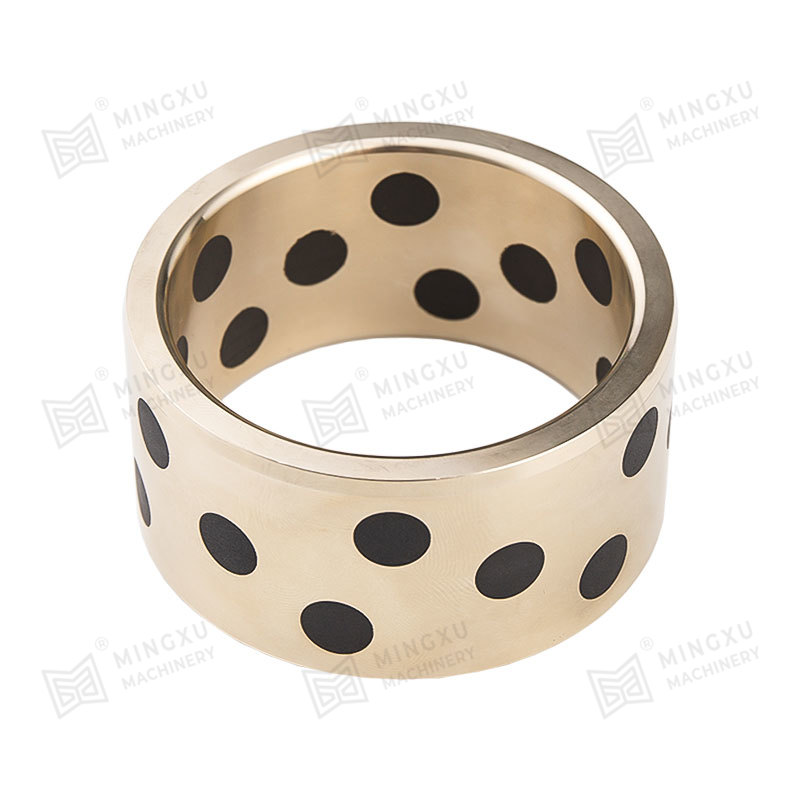
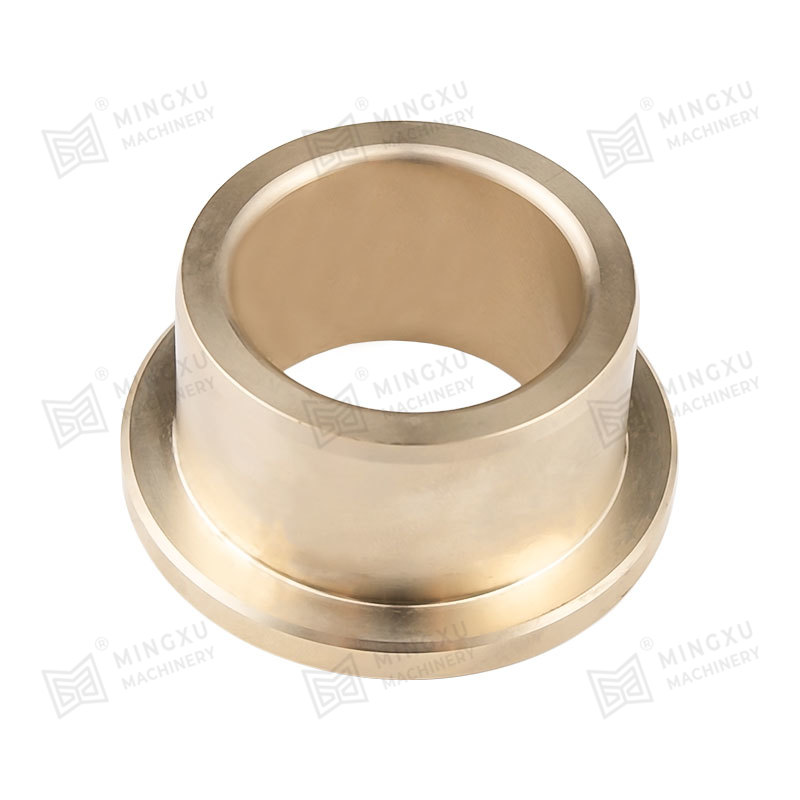
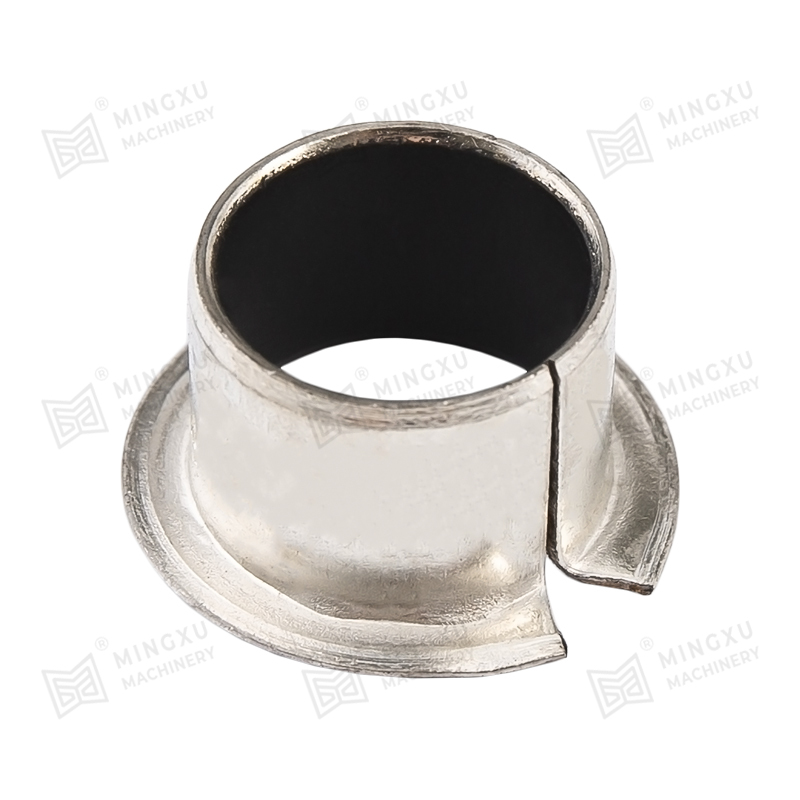
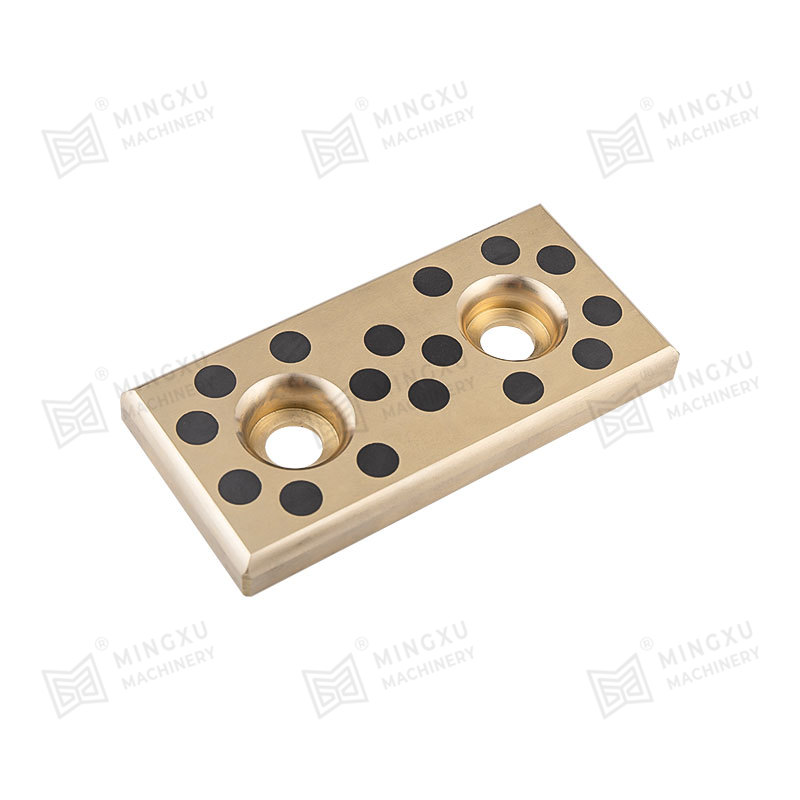
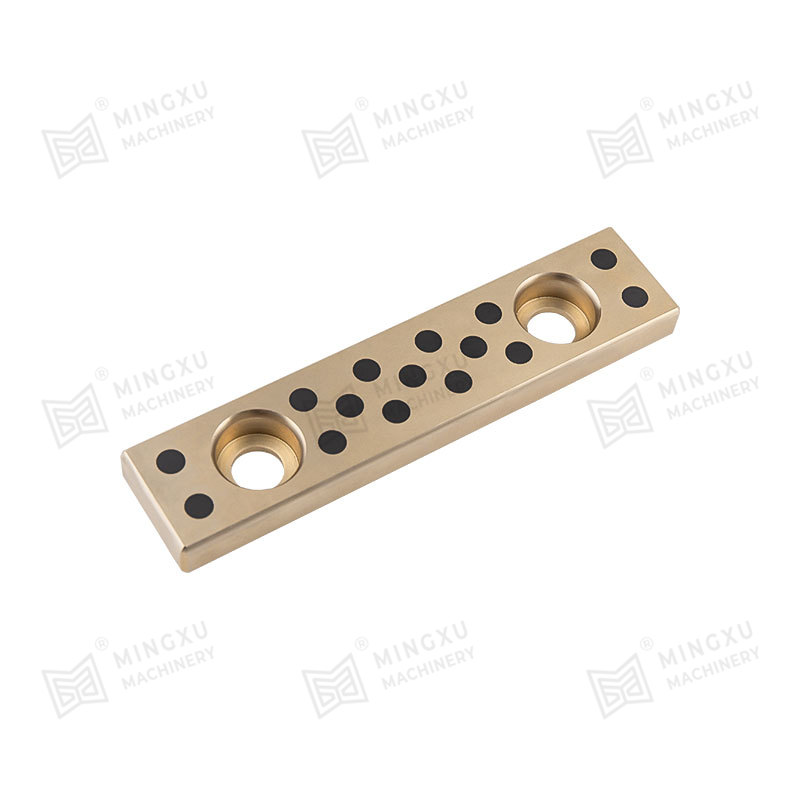
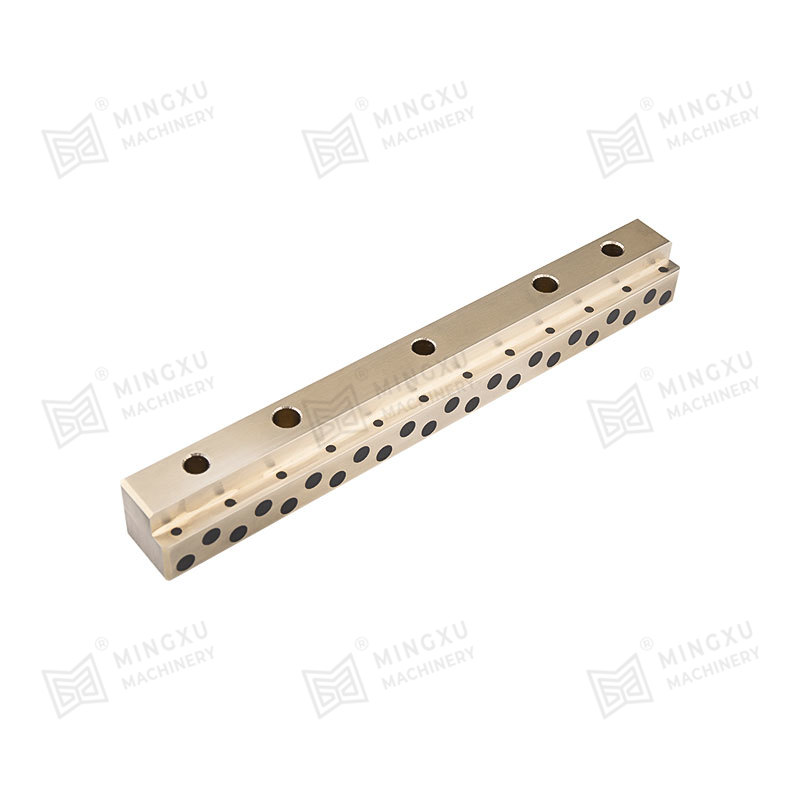
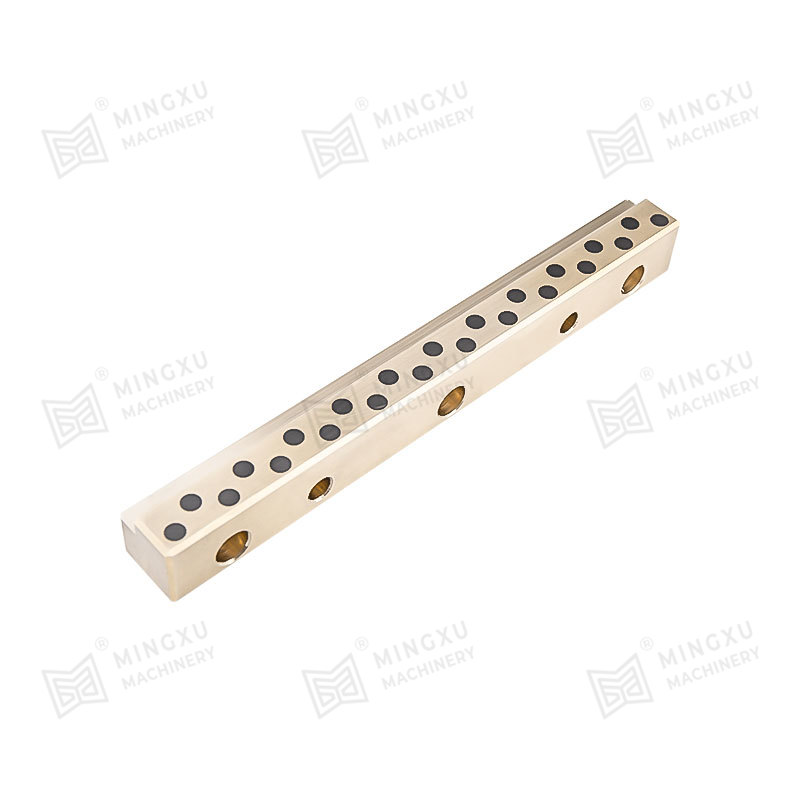
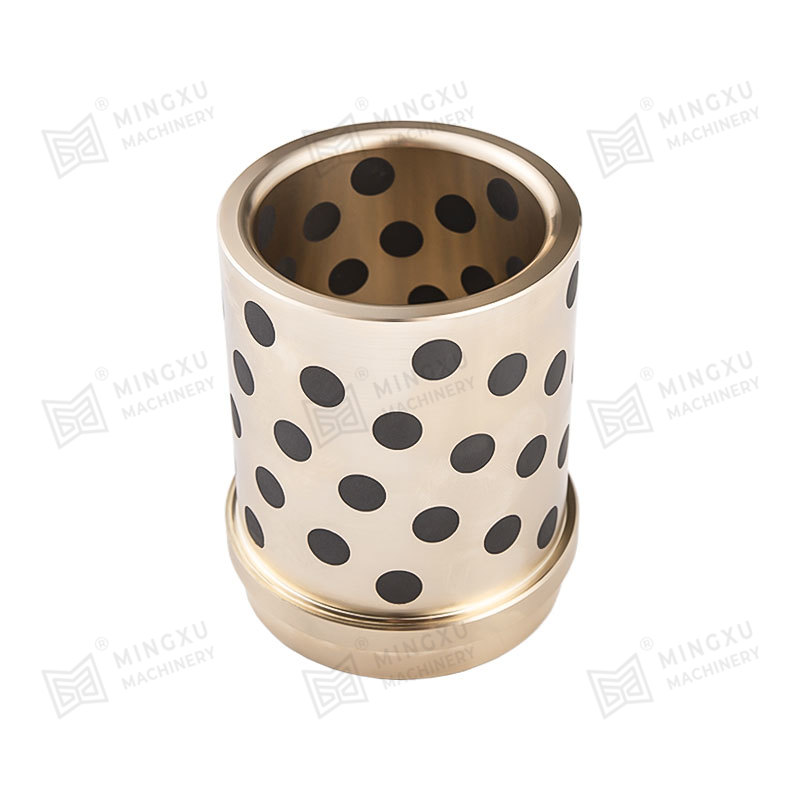
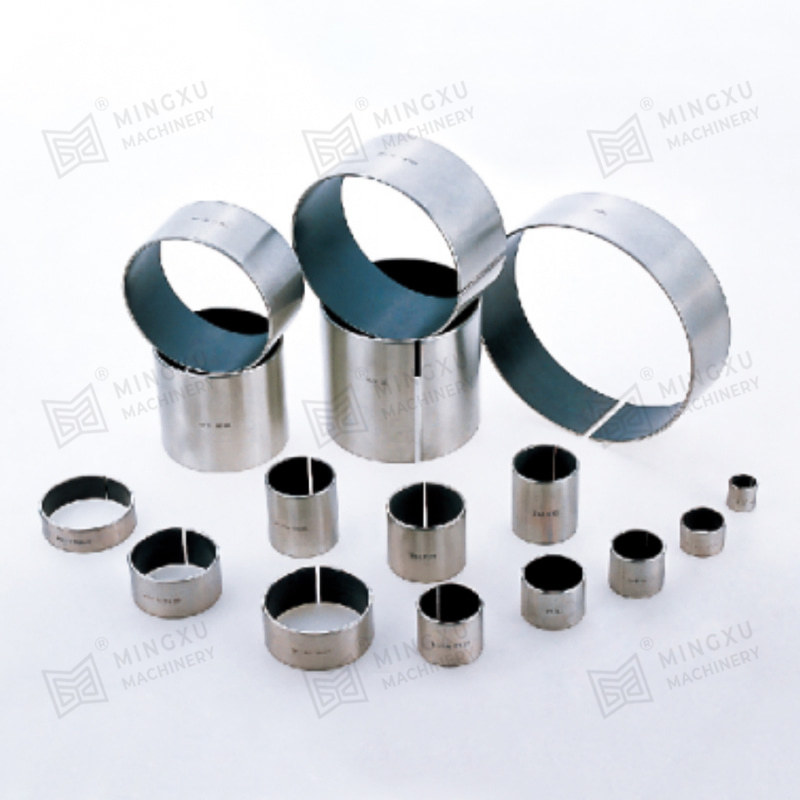
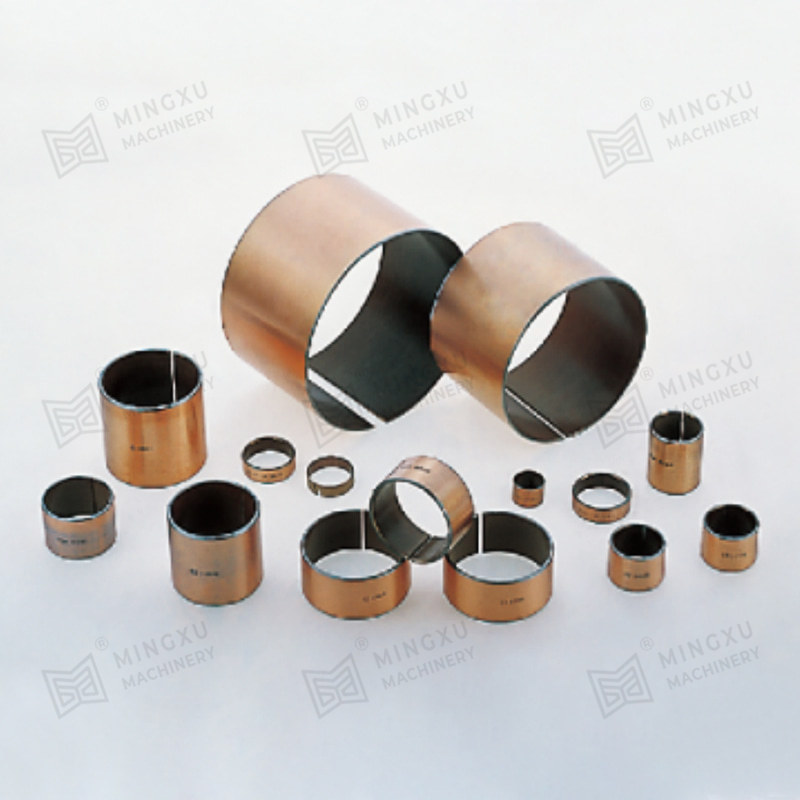

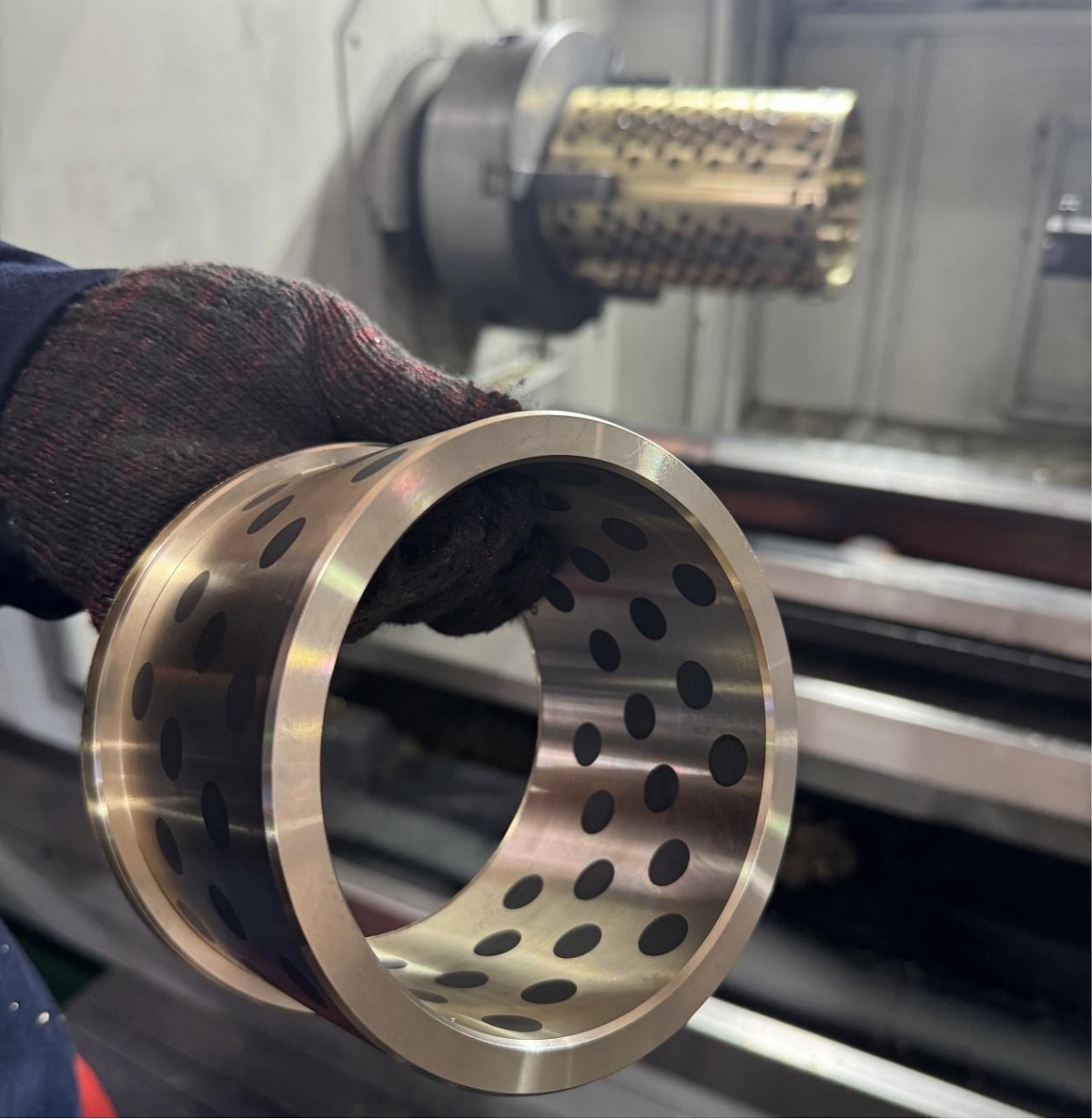





Contact Us